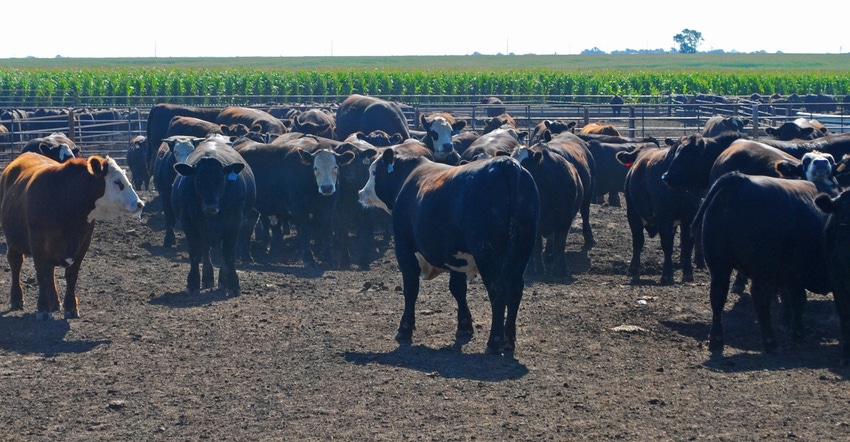
You don’t know how well you are doing something unless you are constantly evaluating your practices. For beef producers, the Nebraska Beef Quality Assurance program offers assessments for cow-calf, stocker and feedyard operations.
These assessments help producers benchmark key indicators of animal care and well-being, as well as facility and equipment conditions.
At a recent webinar hosted by Nebraska Cattlemen, Nebraska BQA coordinator Jesse Fulton talked about the overall value of these assessments, and what feedyard producers, for instance, can learn from the experience.
“I strongly encourage feedyards to participate in a BQA feedyard assessment, just to get an idea of how their feedyard compares to the industry standard and BQA guidelines,” Fulton says. “Currently, having an assessment is free of charge when conducted by the state’s BQA coordinator.”
The assessment covers several aspects of the operation, looking at documented protocols and record keeping that follows BQA guidelines; employee training; herd care and animal health; animal health product management; biosecurity; care of compromised or nonambulatory animals; euthanasia; mortality and carcass disposal; feed quality and medicated feed; cattle handling and processing; pen surface management; and emergency action planning.
“After the protocol and record-keeping portion of an assessment is complete,” Fulton explains, “the assessor will begin the animal handling and facilities observation portion of the assessment.”
The time required for an assessment depends on the size of the feedyard, Fulton says. “Feedyards should prepare for the assessor to be at their yard for four to eight hours,” he says.
“The assessment helps feedyards identify any shortfalls they may have and areas they could do better from an industry perspective,” Fulton says. “We are always trying to be the best we can in our business, so the assessment helps feedyards achieve that goal.”
Once completed, it is up to the feedyard operator on what they do with that information and feedback. “The assessor can simply hand over the assessment book and be complete, or the assessor could write a report that identifies areas where the feedyard could use some improvement,” Fulton adds.
As for timing, it is preferred to conduct the assessment when the yard is operating under normal conditions.
“If the feedyard just experienced excess precipitation where pens are super muddy or holding water, or an animal health outbreak is occurring, they should wait until they have it under control and back to normal,” Fulton advises.
“Because the assessment also has an animal handling observation piece, feedyards should also schedule assessment when they are going to be processing cattle through the chute. While it is sometimes difficult to know the exact day cattle will be processed for some yards, I suggest scheduling an assessment during a period when they are to receive cattle.”
Learn more about assessments for feedyards and other sectors of the beef industry by emailing [email protected] or calling 308-633-0158. Learn about the cow-calf, stocker and feedyard assessments at bqa.unl.edu/bqa-assessments.
About the Author(s)
You May Also Like






